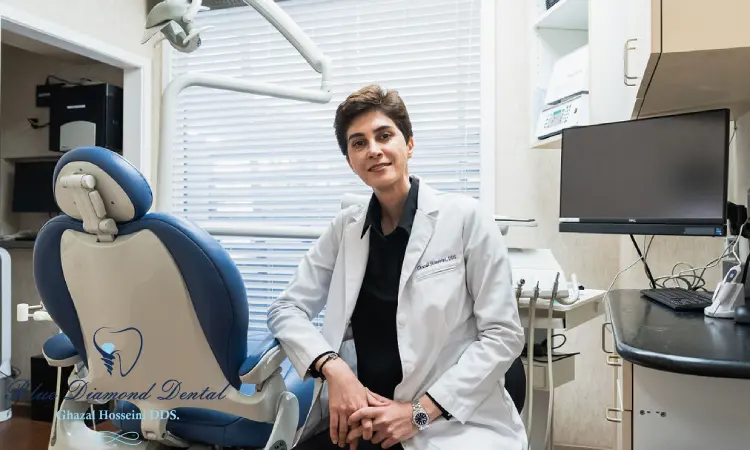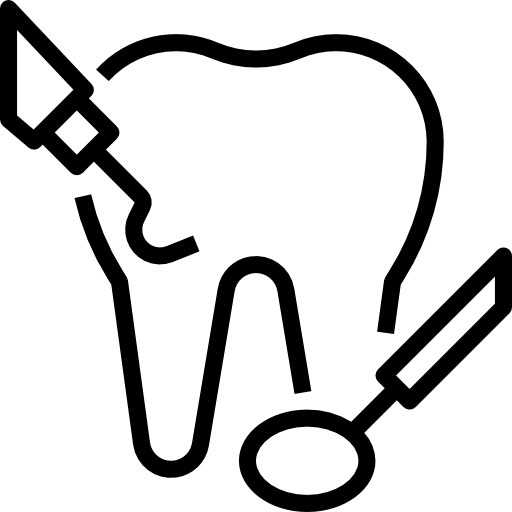
Align Your Smile: Navigating Crossbite Challenges and Solutions
Crossbite: Definition, Causes, and Treatment
A crossbite is a dental condition that affects the alignment of your teeth. When you have a crossbite, your upper teeth do not fit properly over your lower teeth when your mouth is closed. This misalignment can impact both the front and back teeth. Let’s explore what crossbites are, their causes, symptoms, and available treatments.

What Is a Crossbite?
A crossbite occurs when your upper teeth do not align correctly with your lower teeth. Normally, the upper teeth should fit slightly over the lower teeth. However, in a crossbite, the opposite happens: some upper teeth are positioned inside the lower teeth. There are two main types of crossbites:
- Posterior Crossbite: In this type, the upper back teeth sit inside the lower back teeth when you bite down. It can affect one side (unilateral) or both sides (bilateral) of the jaw.
- Anterior Crossbite: Here, the lower front teeth stick out past the upper front teeth, resembling an “underbite.”
Signs and Symptoms of Crossbite
- Teeth Misalignment: The main symptom is teeth that don’t line up properly. Depending on severity, one tooth may be tucked behind another, or several teeth may not touch correctly.
- Physical Discomfort: Crossbites can cause pain in the jaw, neck, and shoulder muscles. Headaches and difficulty speaking or forming certain sounds are common.
- Dental Issues: If left untreated, crossbites can lead to tooth decay, gum disease, and enamel breakdown.
- Jaw and Facial Asymmetry: Unbalanced growth due to crossbite can affect facial features.
- Temporomandibular Joint Disorders (TMD): Crossbites may contribute to TMD symptoms.
Causes of Crossbite
- Genetics: Crossbites can be inherited. If other family members have had a crossbite, you or your child may be more likely to develop it.
- Circumstantial Factors:
- Delayed loss of baby teeth or delayed eruption of adult teeth.
- Habits like mouth breathing or thumb sucking.
- Structural issues related to jaw shape or size.
- Overcrowded or abnormally shaped teeth.
Treatment Options
- Orthodontic Devices:
- Braces: Traditional braces can correct crossbites by gradually moving teeth into proper alignment.
- Palate Expanders: These widen the upper jaw, allowing the top teeth to fit better with the lower teeth.
- Clear Aligners: An alternative to braces, aligners can also address crossbites.
- Surgical Treatment:
- In severe cases, jaw or mouth surgery may be necessary.
- Early Intervention:
- It’s best to treat crossbites during childhood when the jaw and face are still growing.
- Orthodontists often wait until age 7 or 8 to start treatment.
Importance of Correcting Crossbites
Addressing crossbites is crucial to prevent complications and ensure proper oral health. If you suspect a crossbite, consult a dental professional promptly. Early intervention can lead to better outcomes and prevent long-term issues.
Remember, each person’s crossbite is unique, so personalized treatment plans are essential. By seeking professional help, you can achieve a healthier, more aligned smile! 😊






